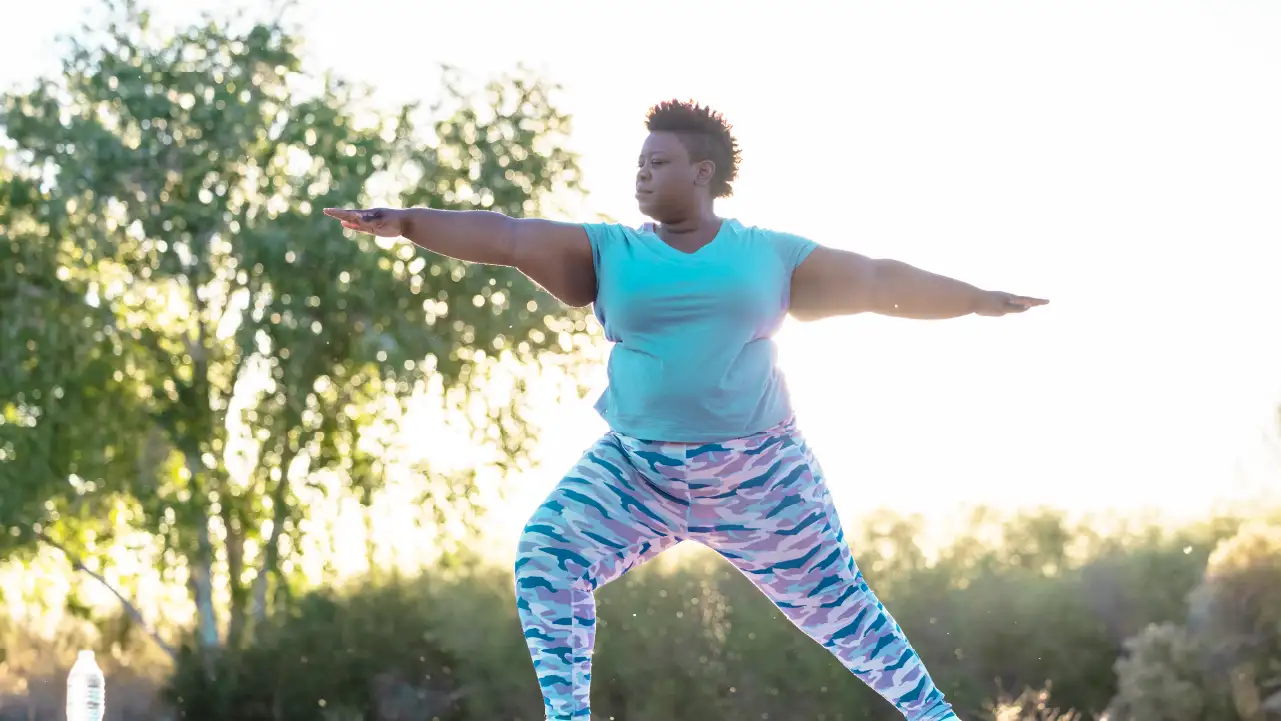3 tips to get financially fit in 2024

Ah, January. Many of us made (or are still making) new resolutions designed to help us have a more financially fit 2024. One common goal is to reduce debt. Easier said than done, right?
The key to sticking with New Year's resolutions is to have something to look forward to as you make progress throughout the year.
Setting a year-end goal to reduce debt can help you along the way. Here are some ways to set yourself up for success and stay motivated to get financially fit in 2024.
Find your “why”
Before moving forward with your financial plan of action, think about your reasons. For example, you know you want less debt. But why? What’s your end goal?
Think about the specific ways your life might improve once you reduce your debt. For example, maybe you could:
Put more aside in a rainy-day fund
Plan a vacation for the end of 2024
Save for a down payment on a home
Feel less stressed about money each evening
Have more money in your bank account each month
Brainstorm your own ideas. What results would bring you joy? Imagine what your life will look like once you’ve reduced your debt. That’s what you want on your vision board.
Once you have a sense of how paying down debt and getting financially fit in 2024 could improve your overall quality of life, it’s time to make a plan.

Create a plan to reduce debt
Following a plan is generally more effective than winging it. There are many methods to knock down your debt:
The snowball method can help you score a quick win because you pay off your smallest debt first. This is a great strategy if you want to DIY your debt payoff.
A debt consolidation loan could streamline your debts and potentially lower your interest rate. This is a possible solution if you qualify for a new personal loan or home equity loan and want to reduce the number of monthly payments you have to make.
Debt resolution means getting your creditors to settle your debt for less than the full amount you owe. This may be a solution to consider if you have a hardship and can’t afford to fully repay your debts.
How do you know which plan is the right one for you? You can start by getting a free debt evaluation from an expert who will listen to the details of your situation and give you professional guidance.

Accountability tips to stay committed to a debt reduction plan
Make a budget. It’s hard to get to a destination without a map. Learn how to make a budget. You’ll get better at it with practice.
Be realistic. It’s ok if you can’t pay off all your debt in one year. We’re looking for forward movement here, not financial wizardry. Be honest about how much extra money you can dedicate to reducing debt each month and start there.
Earmark additional money for extra payments. Commit to applying extra bucks, such as a tax refund or an office bonus, to debt reduction. You don’t have to put it all toward your debts, but consider at least half. Getting rid of debt usually involves sacrifices. Every time it feels hard, remember that you’re doing it for you. You’re worth it. The more money you throw at your debts, the faster you’ll get rid of them.
Budget for small treats and rewards. As you reach certain milestones, celebrate! A small treat or reward, such as an afternoon bubble bath or the purchase of an extra drink can fuel your motivation and help you feel great about sticking with it.

Start small on a money goal other than debt
Choose a secondary goal you can work toward, on a smaller scale, as you reduce debt. This will give you something else to strive for. Plus, it can help you keep your why front of mind.
For example, let’s say you want to start an emergency fund in 2024. Your aforementioned budget should tell you how much you’ve got each month to apply toward your financial goals. Split that amount between debt and your emergency fund. You might decide to put 85% toward reducing debt and 15% toward building an emergency fund. When you get a windfall, you might decide to use 70% as an extra debt payment and 30% on building your savings. You decide.

Practice makes perfect
Fitness looks different on everyone, and your success is yours to define.
If you start working out in the gym right now, you don’t have to look like a bodybuilder in December to know you’ve done a good job taking better care of your physical health. The same is true with debt. What’s going to make you feel great is to look back and know that you worked on creating healthy habits that allowed you to improve your debt condition a little bit at a time.
All of this stuff gets easier the more you do it. Mistakes will happen, and you might even make a financial move you regret. Get back on the horse and keep trying. You can start fresh the next day. Also, you might need to tweak your plan throughout the year as life happens. The important thing is to keep moving forward as you reduce debt and work toward financial fitness.
